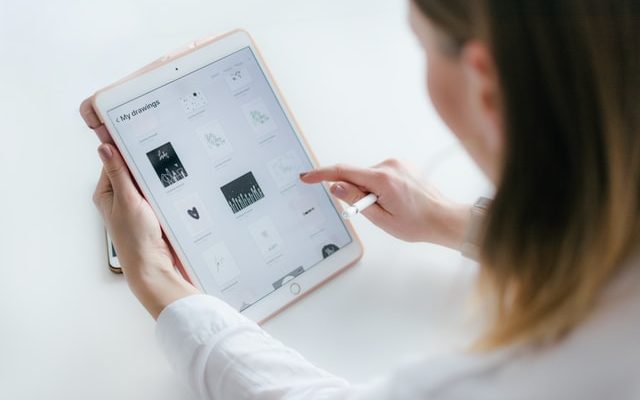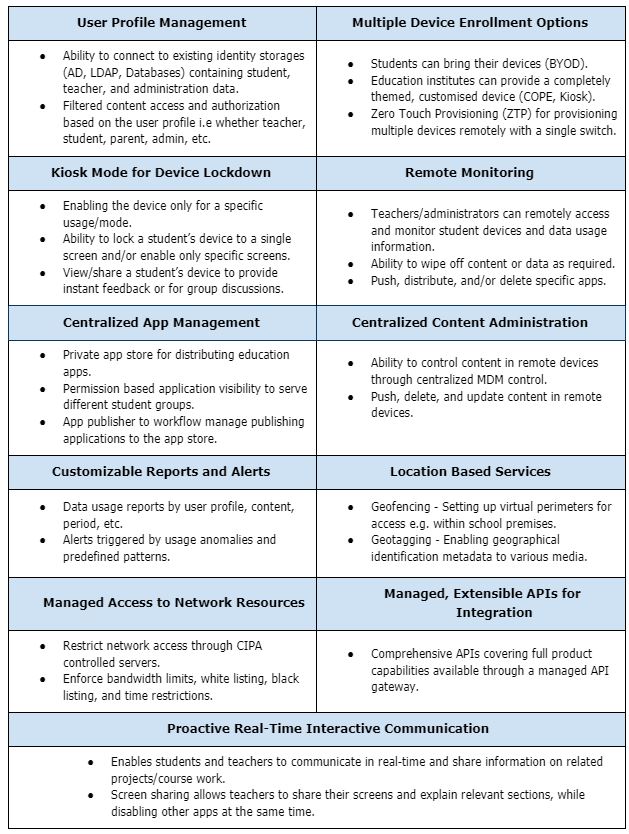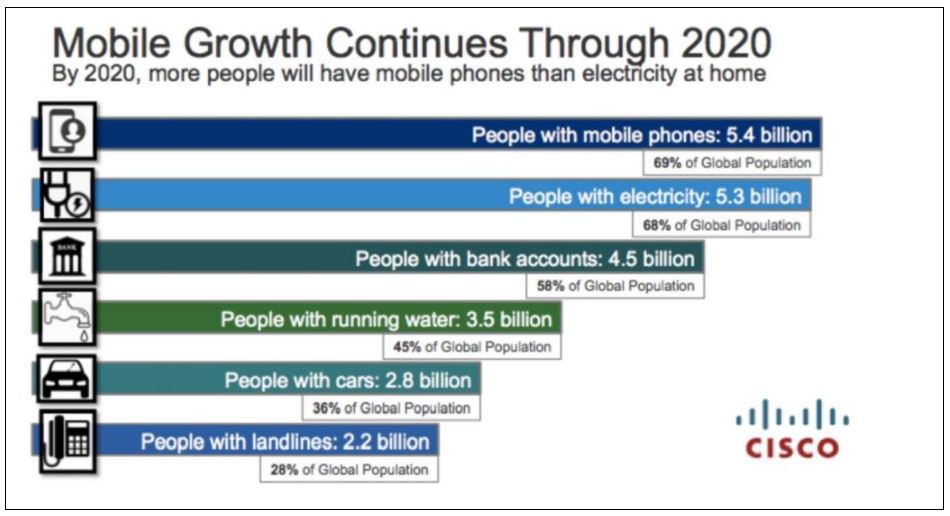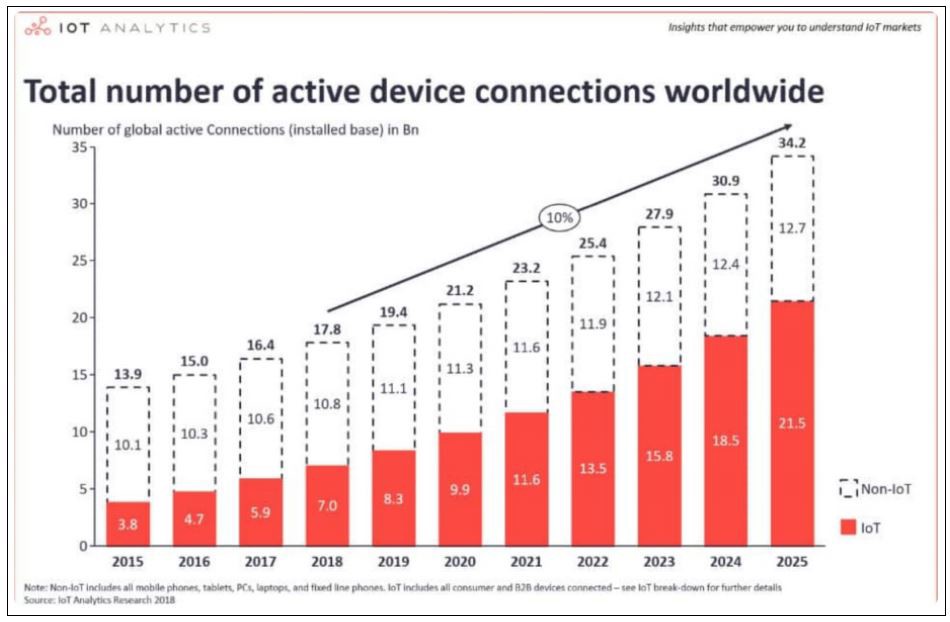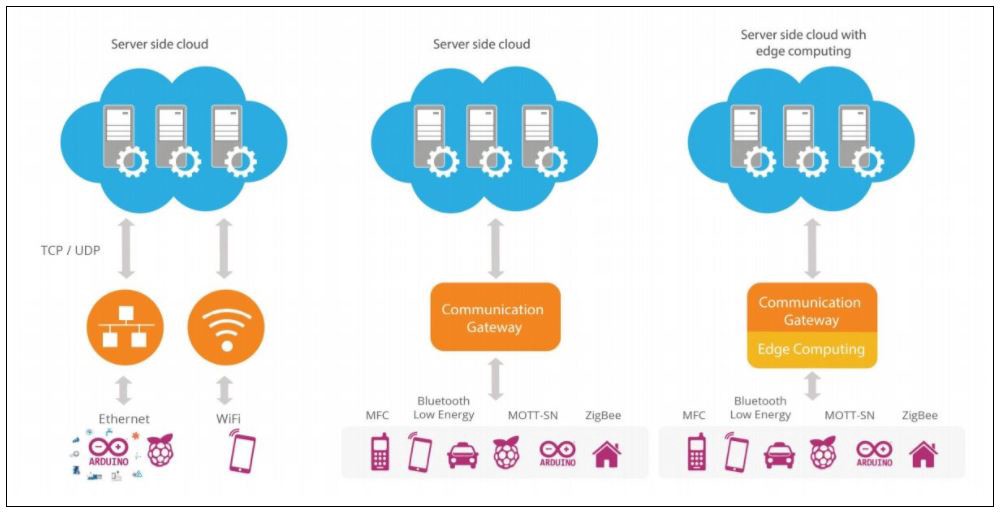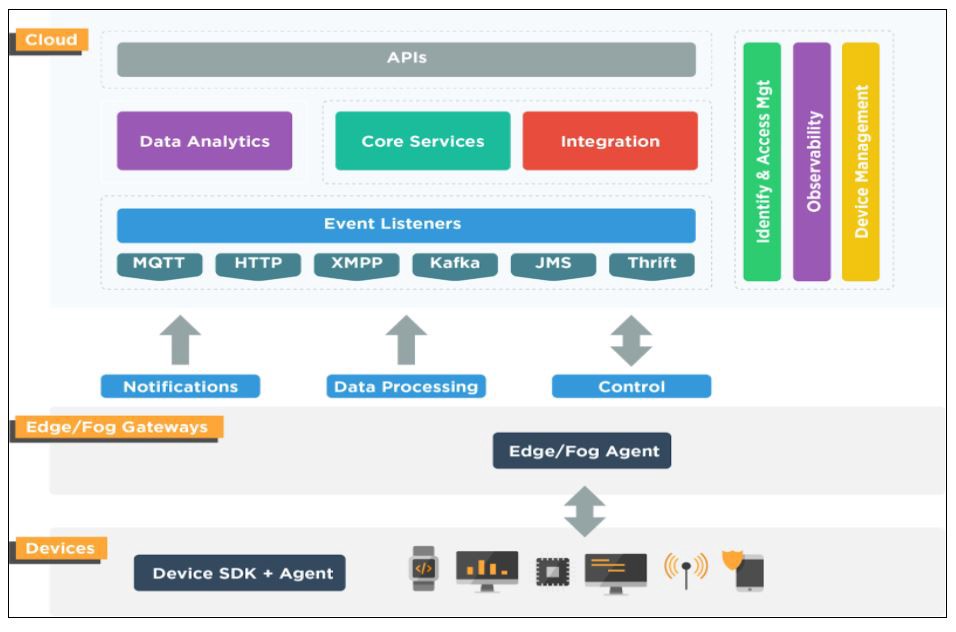Digitalizing Day-to-Day Tasks of Public Field Officers
How Sri Lanka’s government administrators can digitalize vital citizen data collection functions

Sri Lanka has a multitude of government agencies with varying levels of processes involved. At present, numerous public field officers employed by these agencies perform many tasks – such as citizen data collection – manually using paper forms. They include village officers (or Grama Sevakas), public health inspectors (PHIs), community midwives, environmental police officers, municipal council employees, and field officers from the Department of Agrarian Development and the Department of Census and Statistics to name a few. They then visit the relevant area government offices to sync their work – again performed manually.
In a bid to digitalize key government functions, some agencies have begun distributing public field officers with mobile devices that contain a set of apps to eliminate these manual tasks and ensure that data is available in a centralized system in a timely manner.
While this is a welcome move, this endeavor does not address key functionalities. These include:
- A centralized strategy to monitor and manage devices deployed in the field.
- An ecosystem to provide remote app updates or new apps. Public field officers are required to manually download and install apps.
- Strategy to provide operating system (OS)/ security updates and mandatory app updates such as virus guards.
- Remote troubleshooting of device, app, and OS related issues that would eliminate time consuming and costly field visits by IT support teams.
- Tools to enforce data usage restrictions, misuse of devices or data/ device theft.
- System level architecture to provide centralized identity, device management, integration or APIs.
The lack of these functionalities would pose several challenges that will impede the long term success of a large scale project such as this. This blog provides a step-by-step guide on how government agencies can implement a device strategy that addresses these functionalities and simplifies data collection whilst saving costs in the long term.
Device Strategy and Ecosystem: A Step-by-Step Guide
The device strategy and ecosystem must address each of the following considerations before devices are used in the field.
Device functionality
Takes into account issues such as device robustness, how they would work in the field seamlessly, battery life of each device, and device weight.
Device specifications
Operating system used by devices (i.e. OS or Android), scanning requirements, whether or not devices are able to connect to printers, and the warranty period of devices.
Device ownership and user policies
Privacy and user guidelines are central to a project such as this. The device strategy must address who exactly will be given access to use devices in the field, guidelines for doing so, and the policy adopted for usage outside of official duties.
Identity and access management and storage
Security and identity management (IAM) are often the cornerstones of a sound device management strategy. A successful IAM system consists of single sign-on (SSO), self sign up, password set ups, and password resets. This system must decide on whether OTPs for sign up will be sent via SMS or email for secure signing in and the official verification/approval process.
Device configuration
Test devices, check runtime usage, and ensure that onboarding configurations are functioning as intended and device apps work in offline mode.
App development
Apps must incorporate user behavior, use the mobile device management (MDM) app store, sandbox environment in place, and kick start beta testing.
Device distribution and education
Once all of the above are in place, the relevant government agencies must prepare lists of device recipients, map serial number ID with employee IDs, decide on a complete support structure (i.e. who will provide 1st and 2nd level support), prepare instruction manuals to educate users, and organize device delivery to the field force. This is also the ideal time to formulate the device roll out plan and scale the device system with the expected support load.
Run a pilot and deploy devices to the field
This is the ideal moment to define the defect reporting process and the warranty claim process.
Pre-work device check and monitoring
Finally, before devices are in full use, assess the level of support needed, how alerts/escalations are reported, and app functionality.
Data Analysis and Visualization to Aid Policy Makers
A project such as this will require particular attention paid to methods of data storage and visualization to facilitate analysis by policy makers. The device strategy requires a central data storage mechanism – by ‘data’ we refer to both citizen data and device functionality data. Data visualization will be enabled in the form of dashboards to aid government employees and policy makers.
By implementing a device strategy with these considerations in mind, government agencies are better able to lower costs through greater control over device usage, plan for the long term, and start digitalizing services for the benefit of citizens, policy makers, and public field officers alike.
Entgra provides has worked with many public agencies and private sector organizations to implement robust device strategies. Learn more here.




